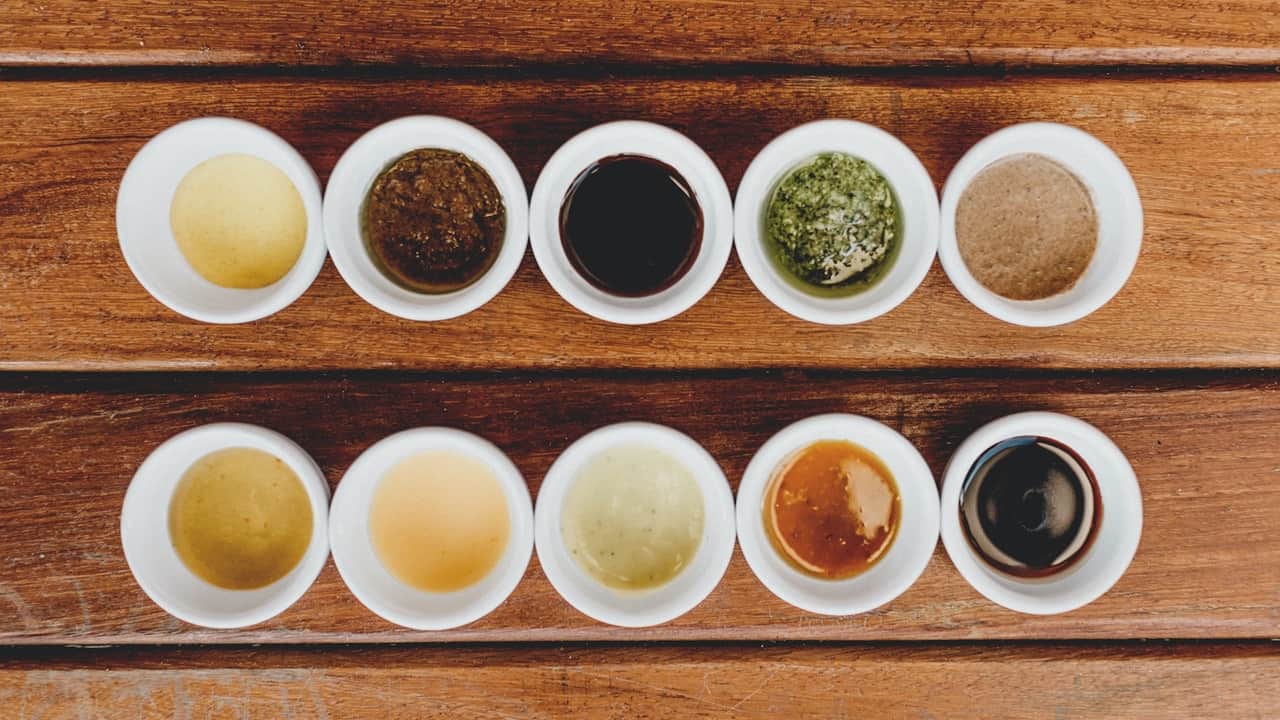As a passionate tea connoisseur, it is essential to grasp the language of tea and familiarize yourself with various tea terms. One such term is “nose,” which holds great significance in the world of tea tasting. In this article, we will explore what nose means in tea terms and why it is essential to evaluate.
What is Nose in Tea?
Nose, in tea terms, refers to the aroma or the smell of the tea leaves or brewed tea. Similar to how a wine enthusiast appreciates the aroma of fine wine, a tea lover delights in the delicate or robust scents emanating from a cup of tea. The sense of smell plays a vital role in our perception of taste, and hence, evaluating the nose is crucial to understanding the tea’s overall quality and flavor profile.
Evaluating and Describing the Nose
When inspecting the nose of a tea, it is essential to analyze and articulate its characteristics. Here are some factors to consider while evaluating and describing the nose:
- Intensity: Does the aroma have a delicate or strong presence?
- Complexity: Is the nose simple, or does it reveal layers of different scents?
- Fragrance: Does the aroma have floral, fruity, smoky, or earthy notes?
- Freshness: Does the nose indicate a fresh or stale aroma?
- Consistency: Is the fragrance consistent throughout the tea or does it vary?
To better understand the significance of these factors, let’s take a closer look at each aspect of the nose evaluation:
1. Intensity
The intensity represents the strength of the aroma. It can range from light and subtle to strong and overpowering. The intensity of the nose can help determine the quality and freshness of the tea.
2. Complexity
Complexity refers to the number of scents present in the nose. A tea with a complex nose will have multiple layers of aromas, offering a more nuanced and intriguing flavor experience.
3. Fragrance
The fragrance of a tea can vary significantly, ranging from floral and fruity notes to smoky or earthy aromas. Describing the specific scents present in the nose can provide valuable insight into the tea’s flavor profile.
4. Freshness
Freshness plays a crucial role in the overall quality of the tea. A vibrant and lively nose suggests that the tea is fresh, while a stale or dull aroma may indicate poor quality or improper storage conditions.
5. Consistency
Consistency refers to the uniformity of the aroma throughout the tea. A well-balanced and consistent nose ensures a harmonious tasting experience.
The Role of Nose in Tea Tasting
The nose plays a pivotal role in tea tasting, allowing us to unlock the tea’s hidden flavors and nuances. Here are some reasons why evaluating the nose is essential:
- The aroma enhances the overall sensory experience of tea, amplifying the pleasure of enjoying a cup of tea.
- The nose can provide valuable clues about the tea’s quality, freshness, and brewing parameters, helping us make informed decisions during selection.
- By exploring the scent, we can anticipate and detect certain flavors present in the tea, enabling a more immersive and rewarding tasting experience.
Developing and Refining the Ability to Evaluate Nose
Evaluating and identifying different characteristics of the nose requires practice and a keen sense of observation. To develop and refine your ability to evaluate the nose, you can follow these steps:
- Regularly expose yourself to a wide variety of teas to familiarize yourself with different aromas.
- Pay attention to the scent as soon as you open a new tea package or brew a cup of tea.
- Try to describe the nose in words, noting its intensity, complexity, fragrance, freshness, and consistency.
- Compare and contrast the noses of different teas to understand the variations better.
- Discuss and share your observations with fellow tea enthusiasts to gain different perspectives.
Common Nose Descriptors in Tea
Tea enthusiasts often use specific descriptors to articulate the various aromas present in the nose. Here are some common nose descriptors frequently used in tea tasting:
| Descriptor | Description |
|---|---|
| Floral | Aroma reminiscent of flowers or blossoms, such as jasmine or rose. |
| Fruity | Aroma evoking the scent of fruits, such as citrus, berries, or tropical fruits. |
| Grassy | Aroma similar to freshly cut grass or vegetation. |
| Earthy | Aroma reminiscent of the earth, such as moss, soil, or forest floor. |
| Smoky | Aroma characterized by a smoky or roasted scent, similar to smoked wood or burnt caramel. |
Appreciating the Nose: Enhancing the Tea Experience
By paying attention to the nose of tea, it becomes possible to appreciate the intricacies of flavor and embark on a more immersive tea journey. The next time you brew a cup of tea, take a moment to admire and analyze its nose, allowing yourself to delve deeper into the fascinating world of tea tasting.

